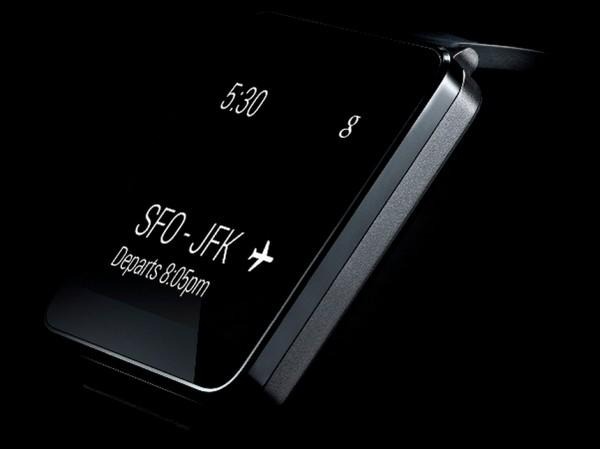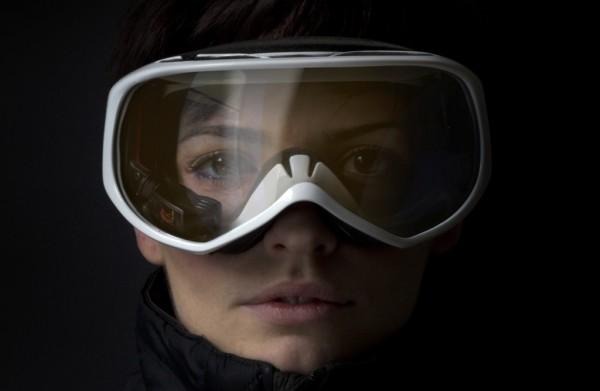Wearable Tech: Here's How Vanity Replaces The Smartphone
According to a study by IDC, in the year 2018 the wearable technology market will see about 111.9 million units being used the globe. This is a huge number predicted, considering we are still in a nascent stage and its only 2014. Perhaps our anticipation of the big public Google Glass sale is getting the better of us. Many potential Glass users have the $1500 stashed aside and the calendar cleared for the upcoming Tuesday, but the question still remains... where are we going with wearable technology?
A while back we spoke with Andrew Rosenthal, the Product Manager of Jawbone and he let us know that collecting data was a good thing, but understanding it and using it for the benefit of the product and its user was better. For example on Thanksgiving 2013, the company managed to use community-gathered data to nudge around 24% of its users to make extra efforts to not succumb to holiday laziness.
What Rosenthal and his team managed to do was influence the behavior of people, based on the anonymously-collected user data that they'd captured. The approach was subtle and meaningful.
Recently Google announced Android Wear and a set of partner-manufactured smartwatches are being planned for the masses. What Google and its partners may be forgetting in this situation is that technology alone cannot drive people to sport wearable smart device.

For times immemorial, the wrist has been the venue for vanity; the prime location where gold, diamond and precious stones encrusted cases have found prominence. For smartwatches to succeed in luring people in, fashion and design will have to be given prime consideration. Watches are not about time telling – that era has passed us by. For smartwatches to become widely acceptable, the industry will be ultimately be driven by consumer choices and not the other way around.
Another area where wearable technology plays an important role is sports. We know how hard athletes train and how every second counts. Products like the Recon Snow2 stem from the passionate drive of innovators who look at achieving success by leveraging data.
If a swimmer can have his details like timing, stroke and speed, all displayed within his swimming goggles, then he can use it to his advantage during a race. Based on this premise, Recon Snow2 goggles were developed for the slopes.

These goggles allow the user to attain navigation views via built-in GPS to plot position on a resort map. They can also display integrated with a smartphone, allowing skiers to play music, answer calls, and see text messages and notifications. All of these features expand the limits to which we can take wearable technology.
With every new wearable project that gets introduced, funded, or shot strait to market, it becomes more apparent that wearable technology is here to stay. It will not surprise us that the products in this realm — watches, bracelets, rings, earring and necklaces — will go on to replace conventional devices like phones.
Sound farfetched? A little over two decades ago we thought we could access the Internet only through our desktop computers. Today we read books, manage our bank accounts and do just about everything via phones and tablets. Wearables may very well be the next step toward weaving technology into our personal lives, so much so that we'll eventually drive the lot right into our bodies themselves.
